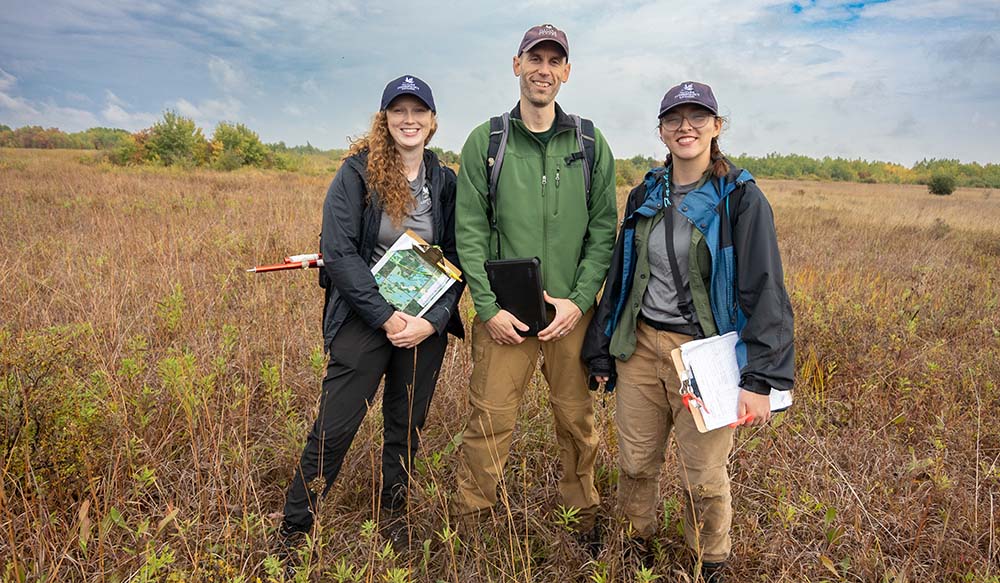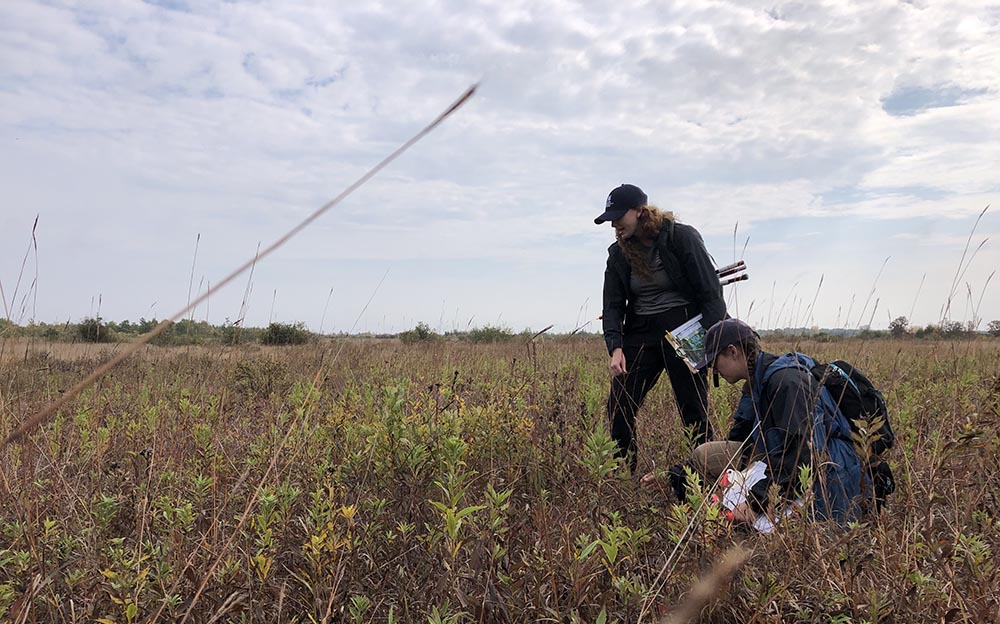The power of youth champions on prairie grassland protection
Wawanesa is investing $2 million annually to build more climate-resilient communities through our Wawanesa Climate Champions program. In this feature, we’re pleased to introduce one of our partners, the Nature Conservancy of Canada, who are working hard to preserve and protect the country’s prairie grasslands.

Over 80 percent of Canada's prairie grasslands have been lost. The Nature Conservancy of Canada (NCC) is on the front lines of protecting this endangered environment and connecting youth to this essential work. By 2030, it hopes to protect 500,000 hectares of prairie grasslands.
There’s a lot more to prairie grasslands than meets the eye. Beyond the quiet, unassuming appearance, there’s a vital ecosystem countering climate change. Grasslands absorb and store billions of tonnes of carbon, provide protection from flooding and drought, and help purify our water.
Introducing the Next Generation of Conservation Leaders program
From as far back as they can remember, Lauren James and Megan Miller have loved being in nature. They developed an even deeper appreciation during an internship with the Nature Conservancy of Canada’s Next Generation of Conservation Leaders program.
The recent graduates spent the summer conducting stewardship activities on NCC’s tallgrass prairie preserves throughout Manitoba. Wawanesa’s support for NCC funded the two interns working to conserve Canada’s grasslands.

Megan Miller and Lauren James; interns with the Next Generation of Conservation Leaders program surveying the prairie grasslands in southeast Manitoba.
Field monitoring and research
Lauren’s focus was on species at risk: assessing and monitoring the health of habitat, documenting the population size of the species, and creating management plans for the property.
“If you’re able to find these (at risk) plants, you know that the prairie is thriving, which is what we want. If they're not present, then we need to implement some type of management plan to try and restore that native prairie,” says Lauren.
Managing the land — a hands-on effort
Land management on the prairies used to occur naturally with bison roaming and fires keeping trees at bay. But now, healthy grasslands require deliberate hands-on work and Megan was up for the challenge.
Maintaining the grasslands requires cutting down brush, executing controlled fires, building and fixing wildlife-friendly fencing, and supporting grazing cattle from nearby producers.
“We've taken a more integrative role where people are managing the land and stewarding the land. And I think that in combination with more Indigenous-led conservation efforts is what gives me hope,” says Megan.
Learn more about the Nature Conservancy of Canada at natureconservancy.ca
